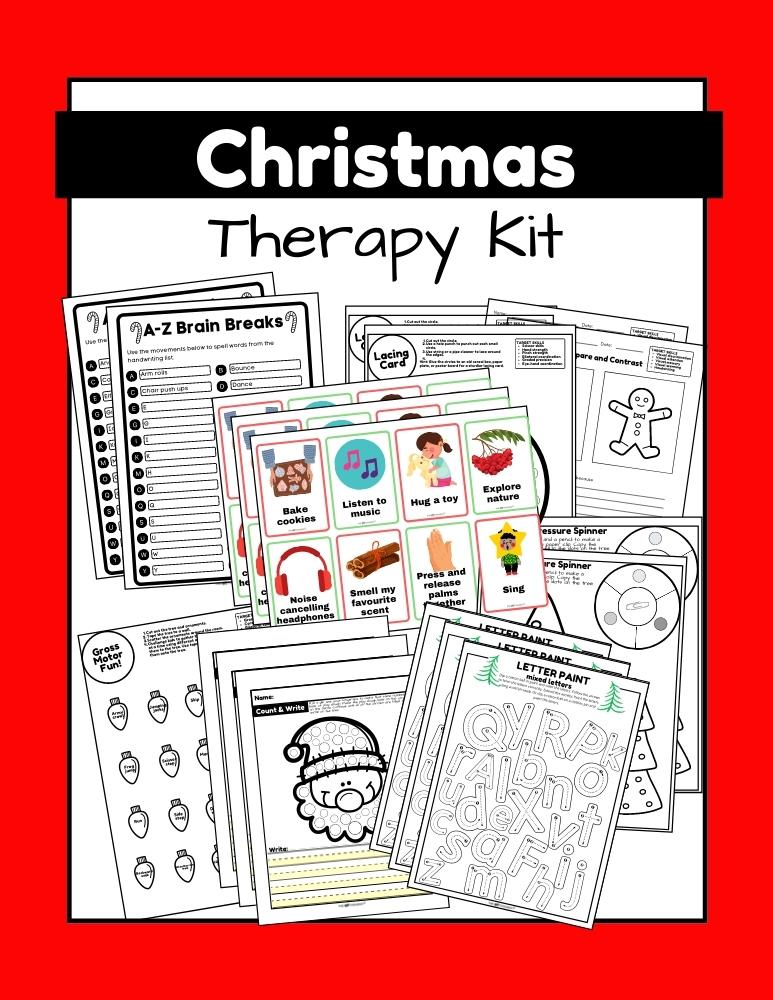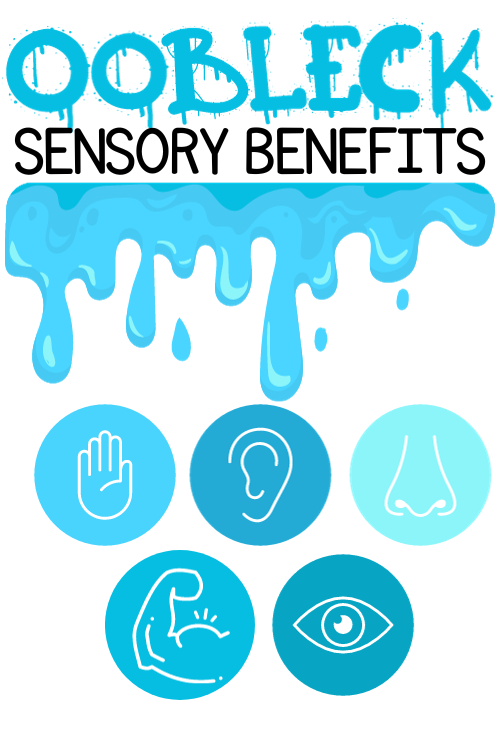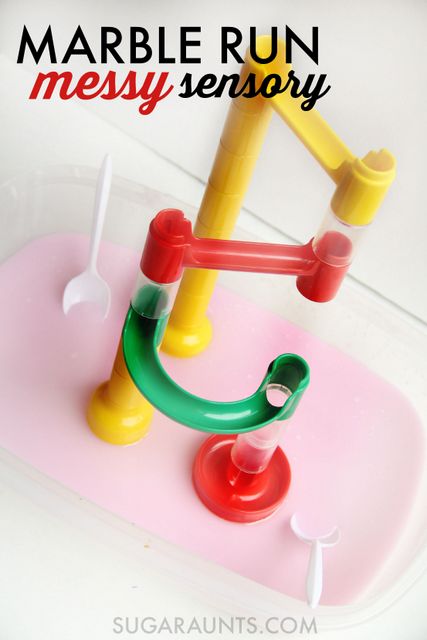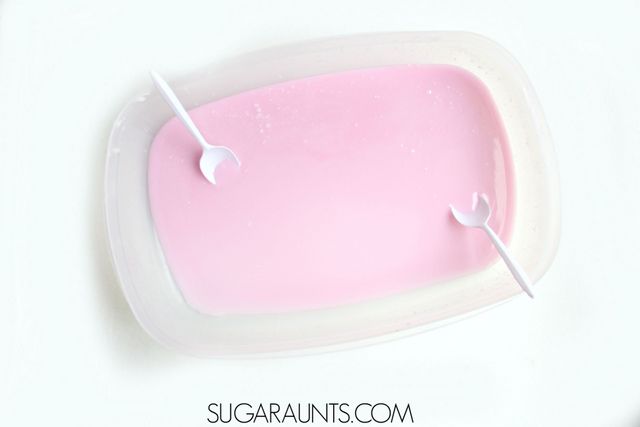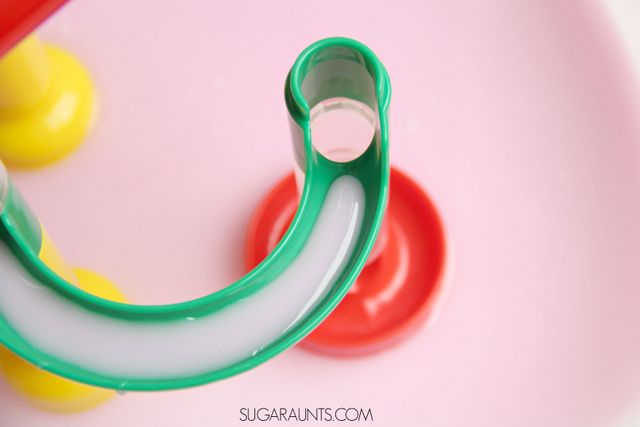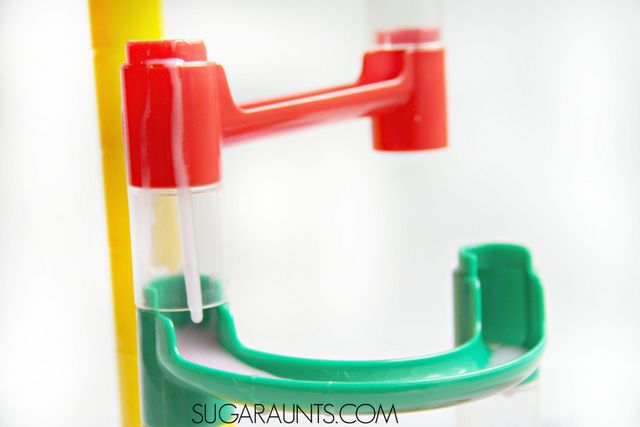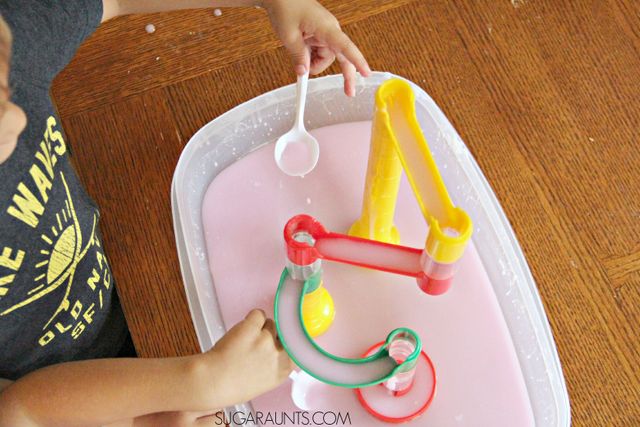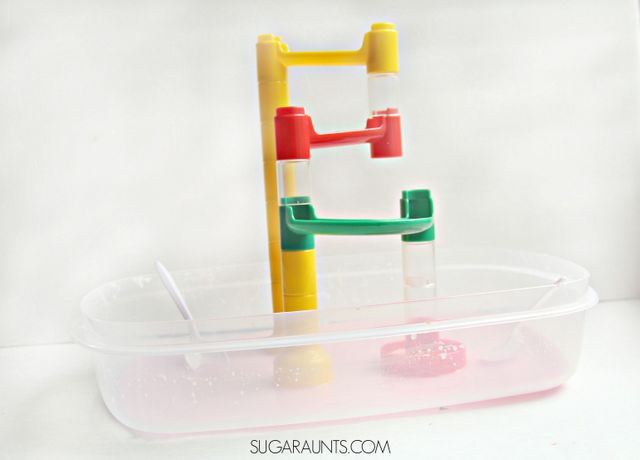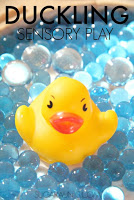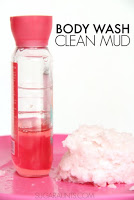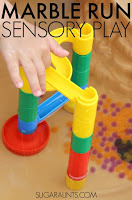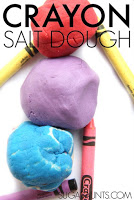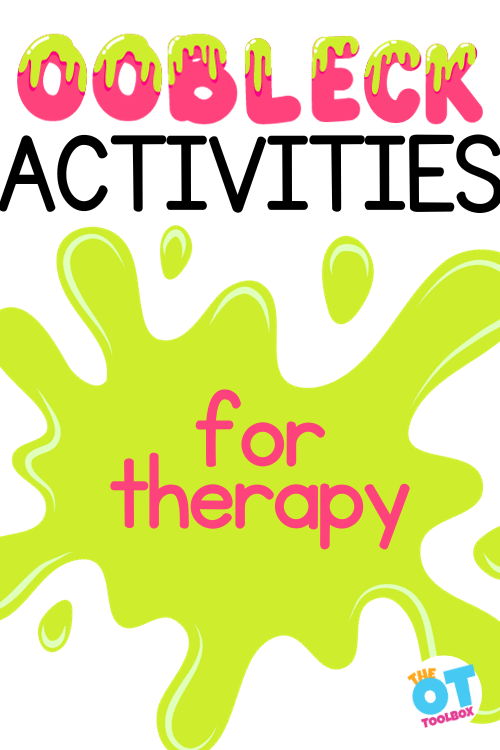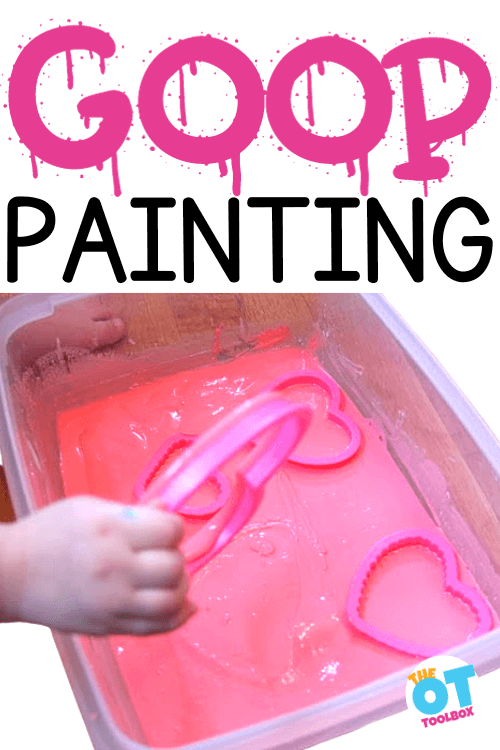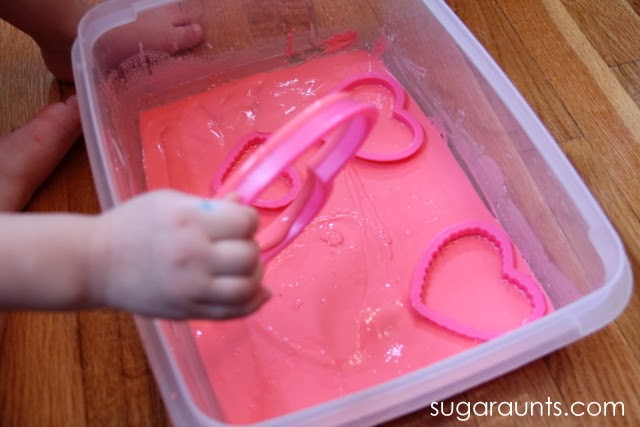This hole punch Christmas tree craft was originally published 11-19-2015 and was updated 11-8-2023.
This Christmas Tree Hole Punch activity is an OLD fine motor activity on our site, but it’s one you’ll want to add to your Christmas occupational therapy activity line up. Why? Because the simple Christmas tree activity is easy to set up and builds many skills all at once: fine motor, bilateral coordination, eye-hand coordination, hand strength, and much more are all developed with one fun activity. All of this skill-building makes it a Christmas craft for kids that is a must this time of year!
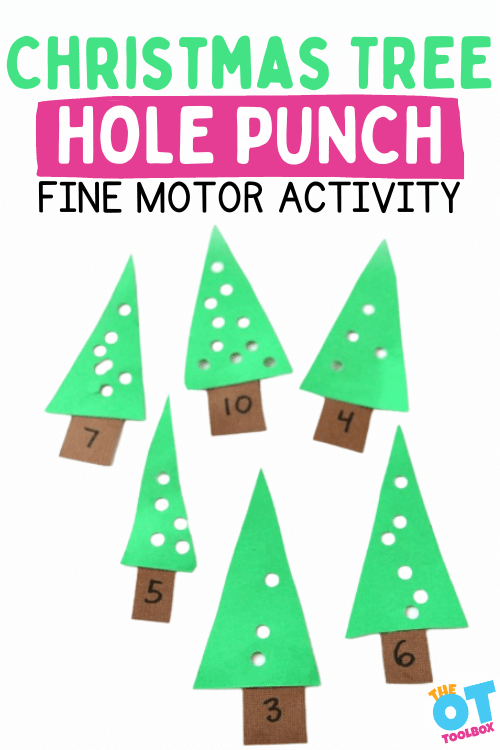
Christmas Tree Hole Punch for Therapy
This Christmas Tree Fine Motor Activity is a Christmas themed busy bag that will hopefully help some of that hectic holiday craze that happens this time of year. Give the kiddos this proprioception powerhouse punching activity and be assured that the kids will be learning, getting out a little holiday wiggles, and you, Mama, can cross off an item from that post-it note.
Or grab a cup of coffee and just relax for a second. Both are equally important.
Check out these Christmas Fine Motor Activities for more creative ways to work on fine motor skills and address development of skills this Christmas season.
This activity will help your child with:
- Number Identification
- Counting
- One-to-One Correspondence
- Gross Hand Grasp
- Proprioceptive Input
- Direction Following
- Problem Solving
- Bilateral Hand Coordination
- Scissor Skills (See corresponding post, to be published, soon!)
- Allowing Mom to cross off one item from her sticky note to-do list
- Fine motor skills
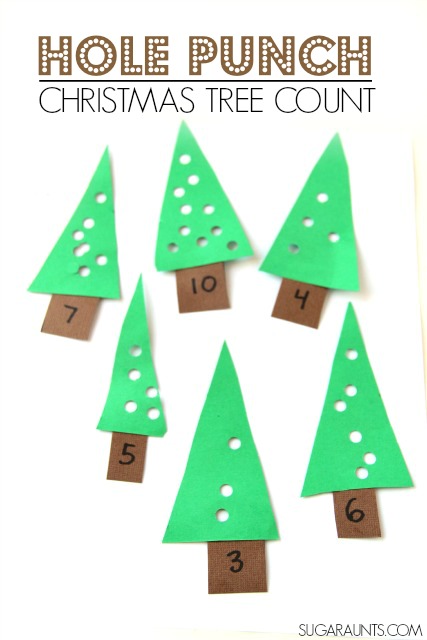
Affiliate links are included in this blog post.
Christmas Tree Hole Punch
This activity is perfect for an Occupational Therapist‘s treatment bag in the days leading up to Christmas. Kids get a little bit excited (right?) and the wiggles and giggles may end up leading to sensory overload. A proprioception activity like punching holes is perfect to provide heavy work input to the hands and add calming input.
Using a hole punch provides a gross hand grasp strengthening work to the hands. This activity is perfect for a Christmas themed warm-up activity before handwriting this season.
A busy bag is intended to keep little hands busy, while learning, exploring, and getting stronger through fine motor play! And, what does a mom need on occasion for little ones, but busy activities for quiet time.
RELATED POST: CHRISTMAS JINGLE BELL SORT BUSY BAG
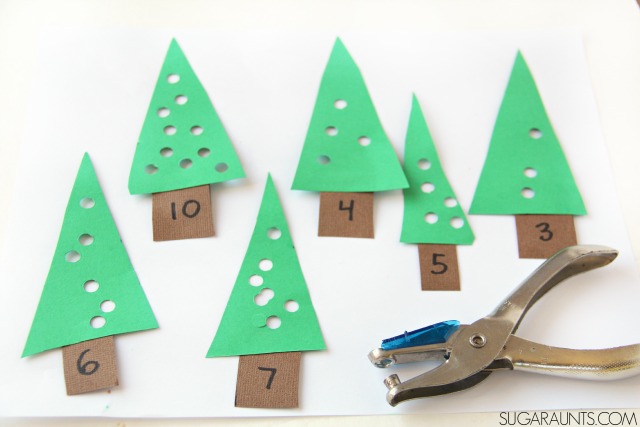
Materials Needed for a Christmas Tree Hole Punch
This Christmas Tree activity is easy to put together. We used just a few items:
Amazon affiliate links:
How to make the Hole Punch Christmas Tree
To make the Christmas tree counting busy bag:
- Cut the Green Cardstock into tree shapes.
- Add trunks with the Brown Cardstock. Glue these in place at the base of each triangle.
- Use the black marker to write a number on each tree trunk.
- Next, show your child how to name the number on the Christmas tree and then to punch the corresponding number of holes into the branches of the tree.
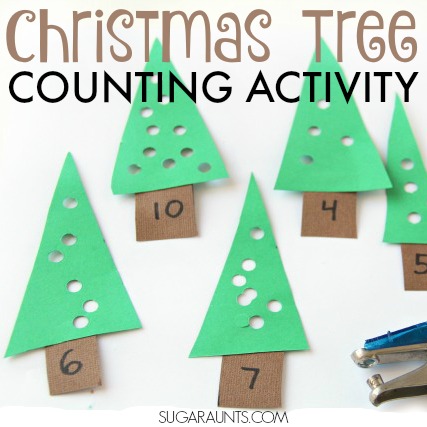
RELATED POST: EGG CARTON CHRISTMAS TREE FINE MOTOR CRAFT
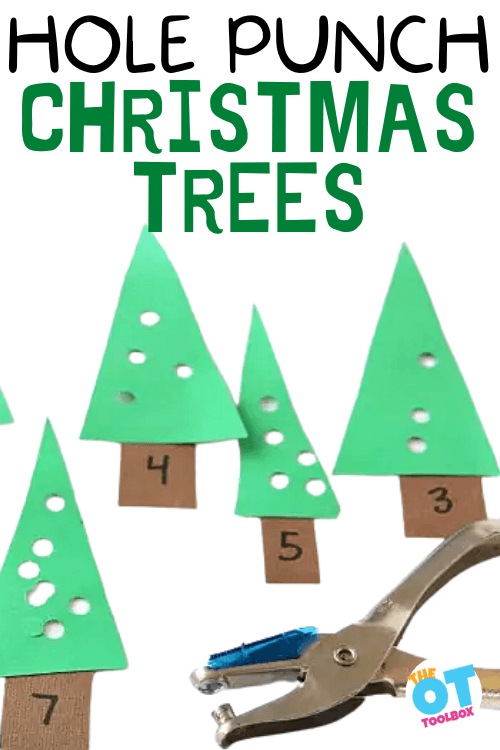
Christmas Hole Punch Activity
Enjoy this time as your kiddo counts, hole punches, and works on so many skills. And rest assured that they will be doing a productive activity…and not adding more to that to-do list!
As mentioned above, this Christmas hole punch task covers a variety of skills, but we should go into more detail on the hand strengthening component when using a hole punch to create holes in each Christmas tree.
Squeezing a hole puncher challenges a grasp pattern with an open thumb web space to strengthen grip strength.
Finger strength is developed by squeezing a hole puncher. Plus, when the hole punch is held, wrist stability is needed to hold the hole punch in an optimal position to squeeze it completely.
Then, when you have the holes punched in the trees, you can use them to create a hole punch Christmas tree craft!

Colleen Beck, OTR/L has been an occupational therapist since 2000, working in school-based, hand therapy, outpatient peds, EI, and SNF. Colleen created The OT Toolbox to inspire therapists, teachers, and parents with easy and fun tools to help children thrive. Read her story about going from an OT making $3/hour (after paying for kids’ childcare) to a full-time OT resource creator for millions of readers. Want to collaborate? Send an email to contact@theottoolbox.com.
Looking for done-for you therapy activities this holiday season?
This print-and-go Christmas Therapy Kit includes no-prep, fine motor, gross motor, self-regulation, visual perceptual activities…and much more… to help kids develop functional grasp, dexterity, strength, and endurance. Use fun, Christmas-themed, motor activities so you can help children develop the skills they need.
This 100 page no-prep packet includes everything you need to guide fine motor skills in face-to-face AND virtual learning. You’ll find Christmas-themed activities for hand strength, pinch and grip, dexterity, eye-hand coordination, bilateral coordination, endurance, finger isolation, and more.


